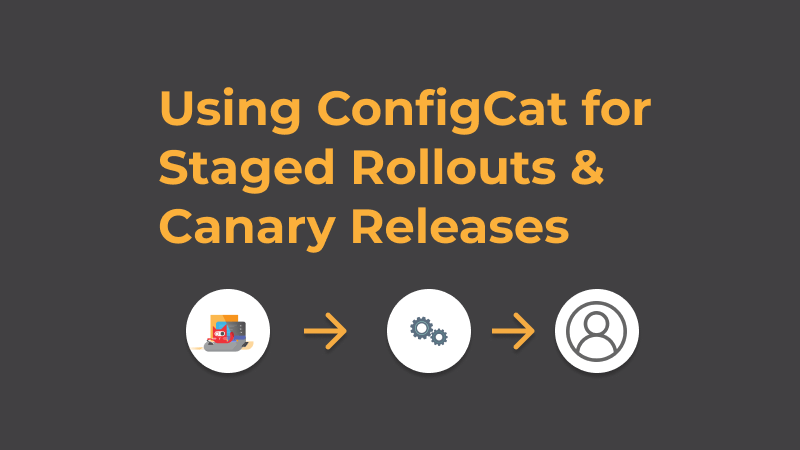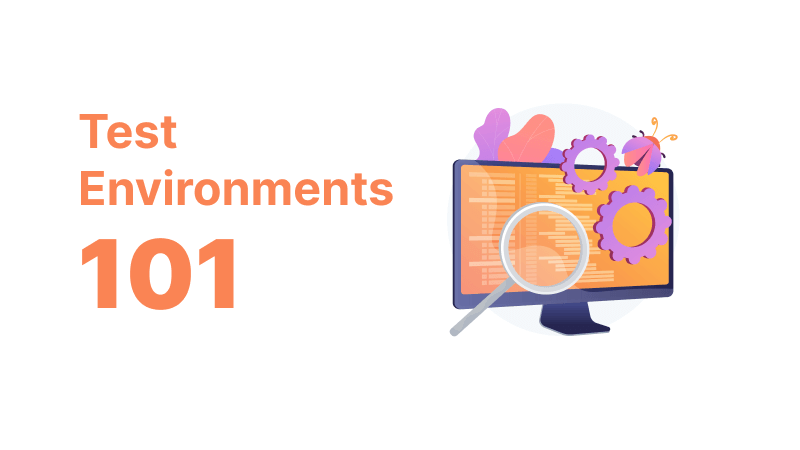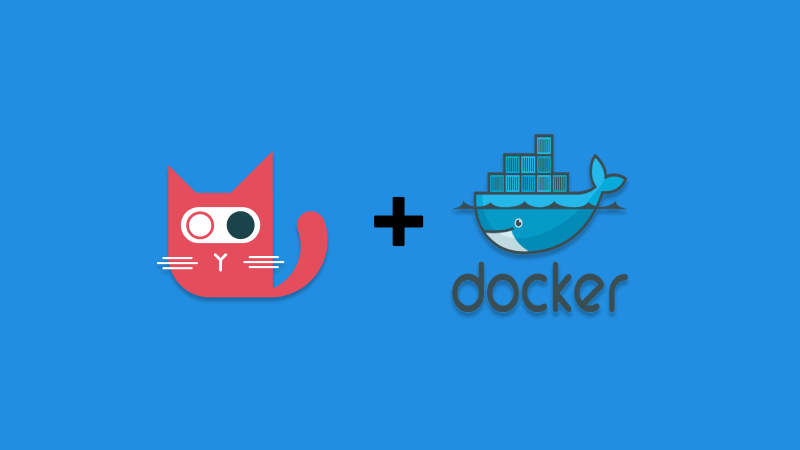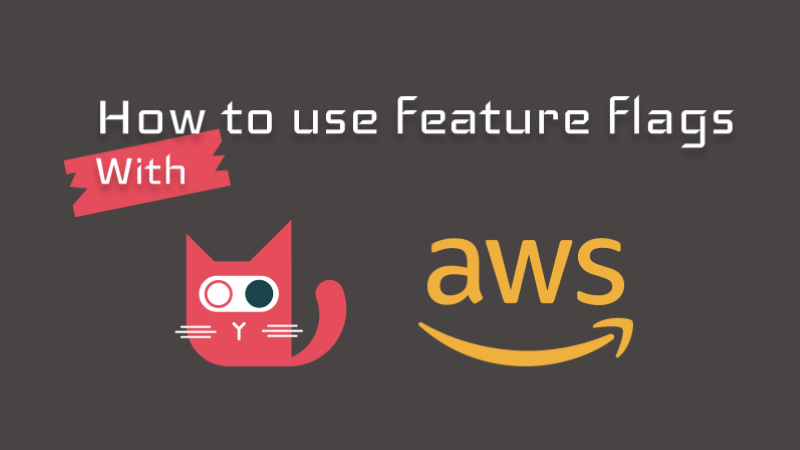The Role of Feature Flags in DevOps and Continuous Deployment
DevOps is a software development methodology that integrates and automates the work of software and operations teams, while continuous deployment involves automating the release of software features. Together, they create a culture of collaboration, communication, and feedback. What if you could enhance DevOps with feature flags? Let's dive in and learn how they work, where they fit in the DevOps lifecycle, the benefits they offer, their role in DevOps and Continuous Deployment, and best practices for integrating them into a DevOps environment.














